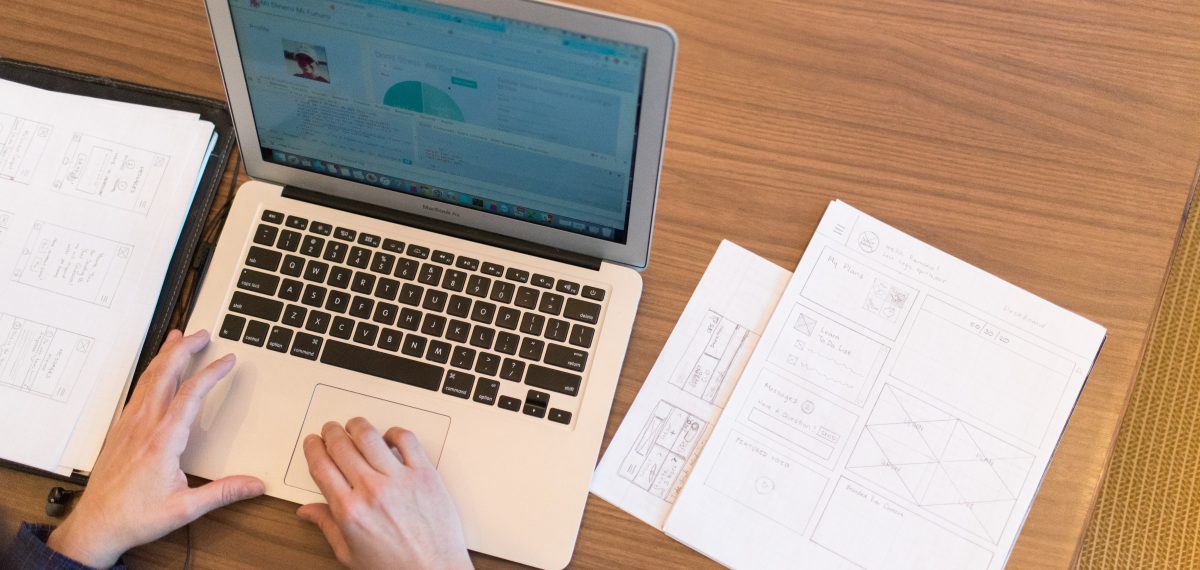Your CV’s design and formatting play a pivotal role in making a memorable first impression. In a competitive job market, a visually appealing and well-structured CV can set you apart from the crowd. Let’s take a look at the latest design principles to help you create a modern and eye-catching CV.
CV Design Principles
Simplicity is Key
Modern CVs are characterised by simplicity and clarity. Avoid overwhelming the reader with complex designs, excessive colours, or overly decorative elements. The goal is to ensure that your CV is easy to navigate and the content is readily accessible.
Font Selection
Choosing the right font is essential for legibility and professionalism. Modern CVs tend to employ clean and universally accepted fonts like Arial, Calibri, or Times New Roman. These fonts are highly readable both in print and on digital screens. Using a standard font ensures that your CV remains accessible across various software and platforms.
Font Size
Maintain consistency in font size throughout your CV. The body text should typically be around 10 to 12 points for easy readability. Important headings and subheadings can be slightly larger, but avoid excessive variations in font size. Consistency promotes a clean and organised appearance.
Bold and Italics
Utilise bold or italics to emphasise critical elements. Bold text can be effective for section headings, while italics can help to highlight specific details. However, use these styles sparingly to maintain a professional and uncluttered look.
Colour Selection
The use of colour in modern CVs should be restrained and purposeful. While a touch of colour can make your CV visually appealing, overdoing it can detract from the content. Consider the following suggestions:
- Colour Accents: Choose a single colour to use as an accent throughout your CV. This colour can be applied to headings, subheadings, or other specific elements. This creates visual consistency and can help guide the reader’s attention.
- Legible Text: Ensure that any coloured text is highly legible on the background colour you’ve chosen. Avoid light text on a light background or dark text on a dark background.
- Consistency: Maintain colour consistency in your design. If you use a specific colour for headings, continue to use it consistently throughout the document.
- Avoid Vibrant Colours: While a touch of colour can be engaging, opt for muted or pastel shades rather than vibrant, eye-straining colours.
White Space
White space, also known as negative space, is the empty space around elements in your CV. Embracing white space is a fundamental aspect of modern design. It helps break up content, making your CV more readable and visually appealing. Don’t overcrowd your CV with text and design elements; give the content room to breathe.
Section Dividers
Consider using subtle section dividers to create visual distinctions between different sections of your CV. These can be simple horizontal lines or other unobtrusive design elements. Dividers help organise information and make the CV more user-friendly.
Graphics and Icons
While the emphasis in modern CVs is on simplicity, judiciously incorporating graphics or icons can enhance your CV’s visual appeal. Icons can be used to represent key skills or contact information. Ensure that any graphical elements are relevant, subtle, and do not distract from the text.
Responsive Design
In an era where digital CVs are frequently viewed on various devices, it’s crucial to ensure your CV has a responsive design. This means that your CV should adapt to different screen sizes and orientations without losing its readability or formatting.
Final Review
After designing your CV, step back and review it from a visual perspective. Does it look clean, organised, and easy to read? Are design elements enhancing or distracting from the content? Is the use of colour and font consistent and purposeful?
Incorporating modern design principles into your CV can significantly boost its visual impact. A well-designed CV not only captures attention but also communicates professionalism and attention to detail. When done right, it complements the high-quality content, making your CV a powerful tool in your job search toolkit. Remember that the key is a balanced approach—striking the right balance between design aesthetics and content clarity.



